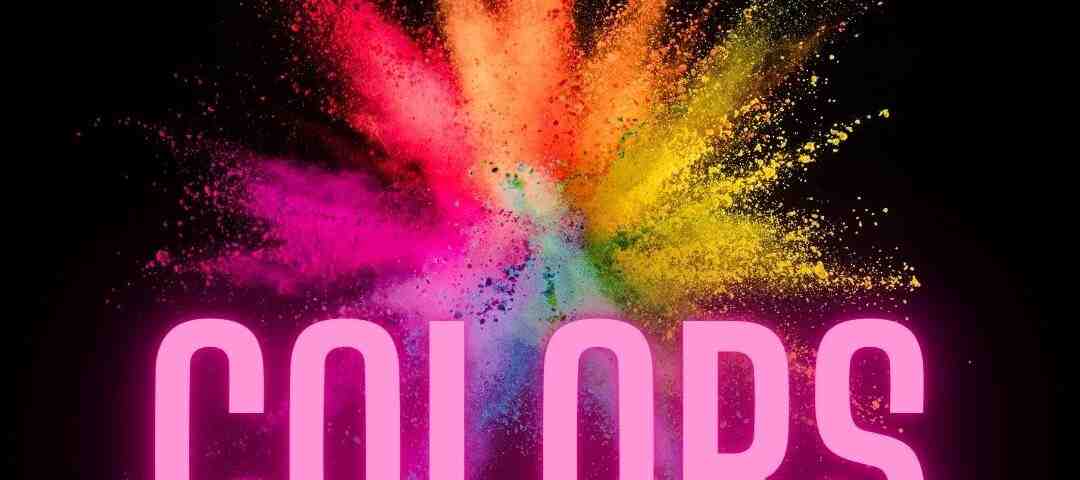The Power of Color and Memory

Produce with the Most Pesticides
April 29, 2024
Laughter Really Does Boost Your Health!
May 7, 2024
The Power of Color and Memory
In today’s world there is a constant information overload no matter what you may be doing. It becomes even more important to find more effective ways to remember and retain information. Dr. Aaron Workman, a member of one of the highest rated auto injury medical care programs in Lexington, explores the power of color and memory.
One simple technique I have found that helps me is to use different colors while writing or taking notes. Not only does it make your notes visually appealing, but it can also significantly enhance memory and cognition. Whether it is writing or highlighting let us talk about some of the ways color can enhance memory.
- Visual:
Different colors stimulate different parts of the brain, making information more memorable. When you use colors to highlight key points or categories, it helps your brain visually organize information. Some research suggests the pituitary gland (found at base of the brain), which controls temperature, energy levels, sleep patterns and metabolism is even sensitive to color.
- Attention and Focus:
Colors can draw attention to specific details, helping you focus on important information. When studying or taking notes, highlighting key concepts in different colors can make them stand out and easier to remember. I find this very useful if going through a stack of emergency department records. Highlighting helps me remember the things I find that are important or relevant to the presenting patient’s problem.
- Association:
Colors can trigger associations and connections in your brain. For example, you might associate red with danger or green with nature. By using colors strategically, you can create mental associations that aid memory recall. We learn this from an early age with Red, Yellow, and Green. While driving we associate those colors with stop, slow down and go without much thought.
- Creativity and Engagement:
Writing or drawing with different colors can wake up your creative side, making the learning process more enjoyable. If the process is more enjoyable you will retain better.
- Organization:
In a study published in the “Journal of Educational Psychology,” researchers found that color-coded information was easier to understand and remember compared to monochromatic information. Colors can help you organize information spatially and conceptually. For example, you might use one color for main ideas, a separate color for factual items, another for supporting details, and another for definitions. This visual organization can make complex information more manageable and easier to remember.
- Emotional Connection:
Certain colors can evoke emotions, which can also aid memory. For instance, using calming colors like blue or green might help you relax and focus better while studying. To take this one step further, a study published in the “Journal of Food Service Business Research” found that red against a blue or white background gives a higher emotional arousal and temptation, which led consumers to purchase greater amounts of indulgent foods.
Everyone’s brain works differently, so what works for one person may not work for another. Experimenting with different colors and finding what works best for you can enhance your memory and learning experience in many different situations. While using different colors may not be a magic bullet for memory improvement, it can be a valuable tool in your learning arsenal.
— This article is written by Aaron Workman, DC, one of the members of Chambers Medical Group’s team of car accident chiropractors who offer a variety of treatments and therapies ranging from diagnostic testing to various soft tissue therapies for car accidents and injuries in Kentucky.
- Car Accident Medical Clinic in Tampa
- Car Accident Medical Clinic in Plant City
- Car Accident Medical Clinic in Brandon
- Car Accident Medical Clinic in Lakeland
- Car Accident Medical Clinic in Sarasota
- Car Accident Medical Clinic in Louisville
- Car Accident Medical Clinic in Lexington
- Car Accident Medical Clinic in Florence




